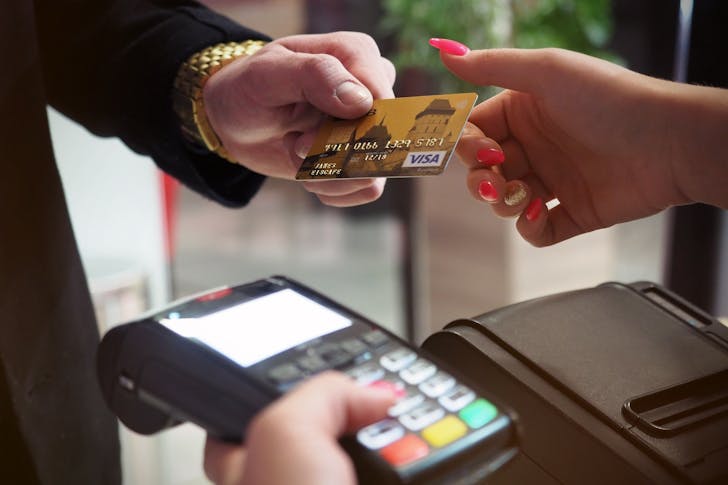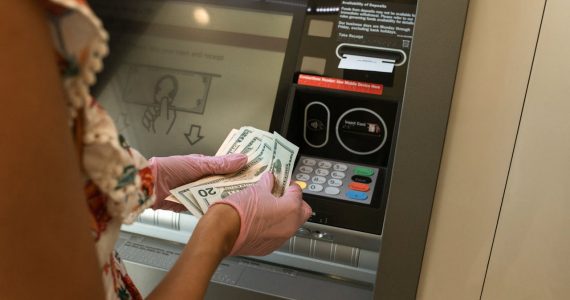In real-life scenarios, an emergency can strike at any moment, leaving you scrambling for cash. If your first instinct is to reach for a credit card, you are not alone. About 25% of Americans say they would use a credit card to handle an emergency expense and pay it off over time, according to Bankrate.
That is up from 21% in 2024. But while swiping might seem like an easy fix, it often leads to a bigger problem: Debt that is hard to escape.
Relying on credit for an emergency doesn’t actually solve the financial issue. It just delays it. If you don’t pay off the balance immediately, you could be looking at sky-high interest rates. The average credit card APR is around 20%. This means your emergency expense can balloon into a much bigger bill over time.
If you make only the minimum payment, you could be stuck paying off that expense for years, accumulating hundreds or even thousands of dollars in interest.

The Cost of Credit Card Debt in Emergencies
Imagine your water heater breaks, and you need $600 to fix it. You put it on your credit card, thinking you will handle it later. If your card has a 20% interest rate and you can not pay off the balance within a month, you will already owe about $10 in interest.
That is money you could have saved for the next emergency. Worst yet, if another crisis hits before you pay off your last one, your debt piles up. Before you know it, you are stuck in a cycle of borrowing and paying off past expenses.
In turn, this will leave you financially vulnerable.
Who Turns to Credit Cards in Emergencies?
People who use credit cards for emergencies usually have little to no savings. It is not always because of reckless spending. Sometimes, they simply haven’t had enough time or income to build a financial cushion. Younger adults, in particular, struggle with emergency savings.
Only 28% of Gen Z can afford a $1,000 unexpected expense in cash, according to Bankrate.
Instead, many rely on credit cards, hoping to pay off the balance over time. Among Gen Z adults, 27% turn to credit for emergencies, while 25% of Millennials do the same. The trend extends across generations, with 25% of Gen X and 21% of Baby Boomers also opting to finance emergencies with credit.
The problem? If they can not pay it off quickly, the cost of borrowing rises, making future emergencies even harder to handle.

How To Avoid Credit Card Debt in Emergencies
If you don’t have emergency savings and a crisis hits, you might feel like you have no choice but to swipe. But financial experts say you should explore every alternative before resorting to credit.
Splitting the expense into two or three larger payments rather than making minimum payments can help minimize interest costs.
Another option is a 0% balance transfer credit card. If you qualify, you can transfer the emergency expense to a card with a promotional 0% interest rate. This gives you a set period (usually between 12 and 18 months) to pay off the balance without accumulating extra charges. However, you will need a solid repayment plan because, once the promo period ends, interest rates often jump significantly.




